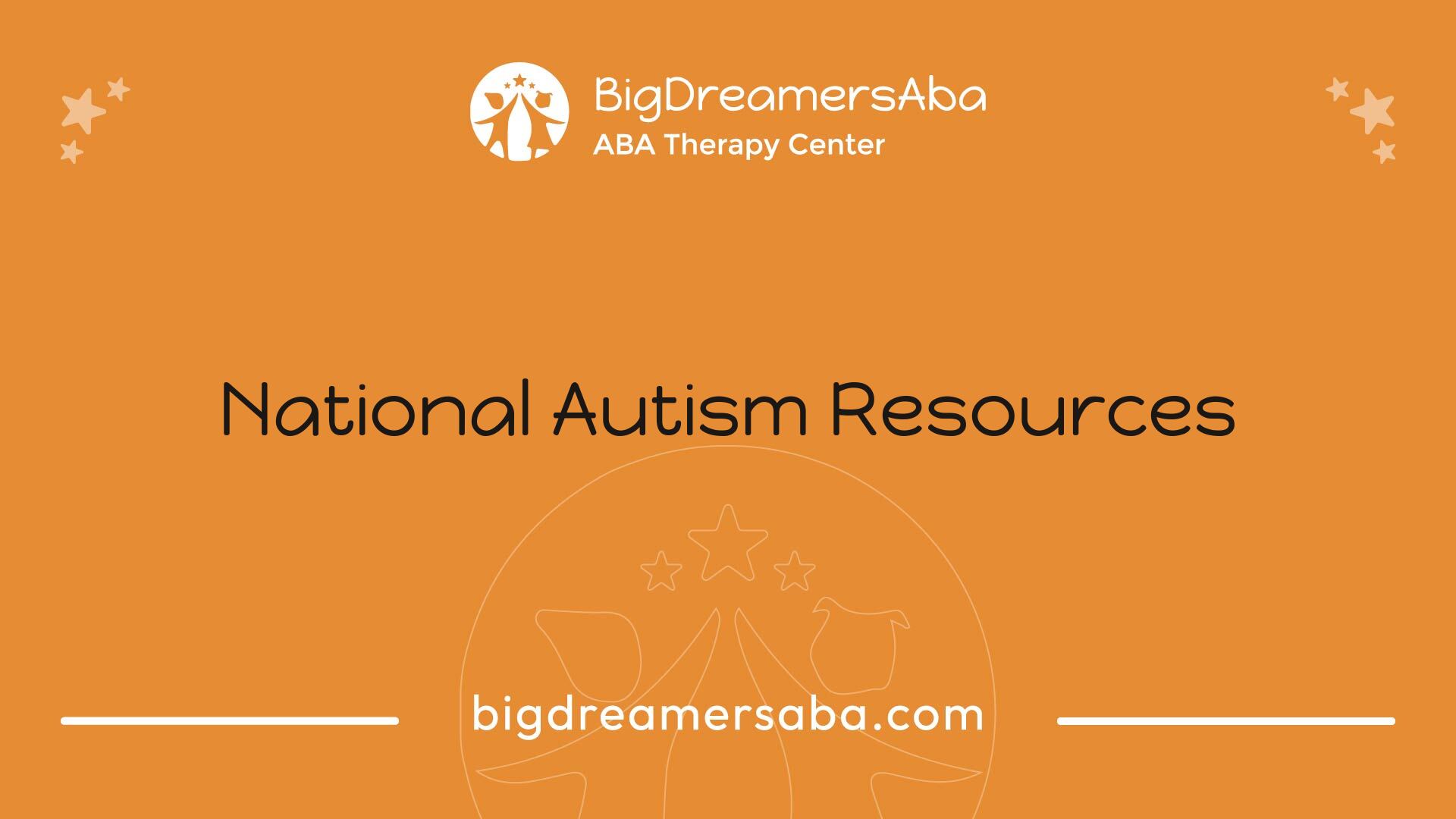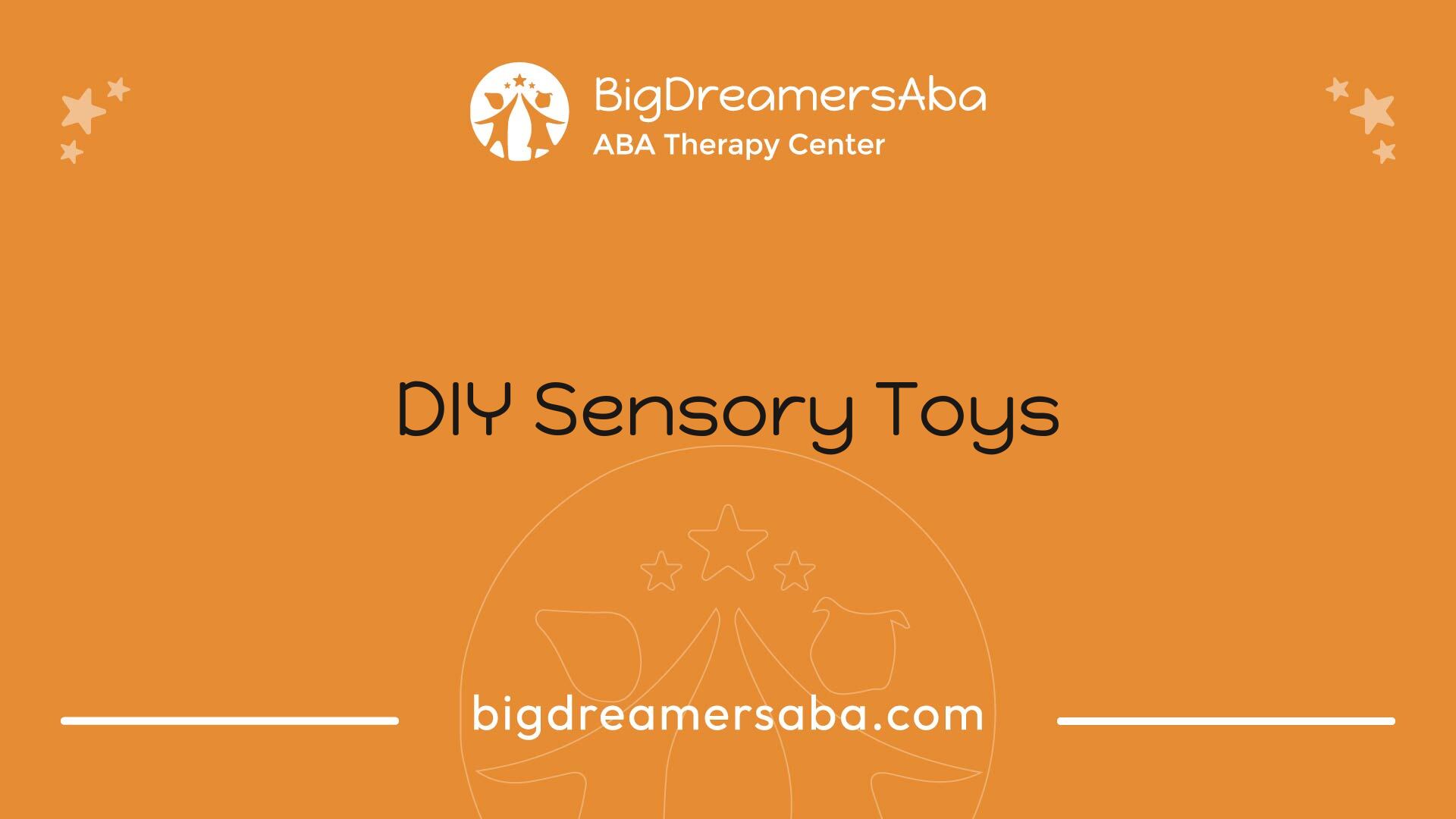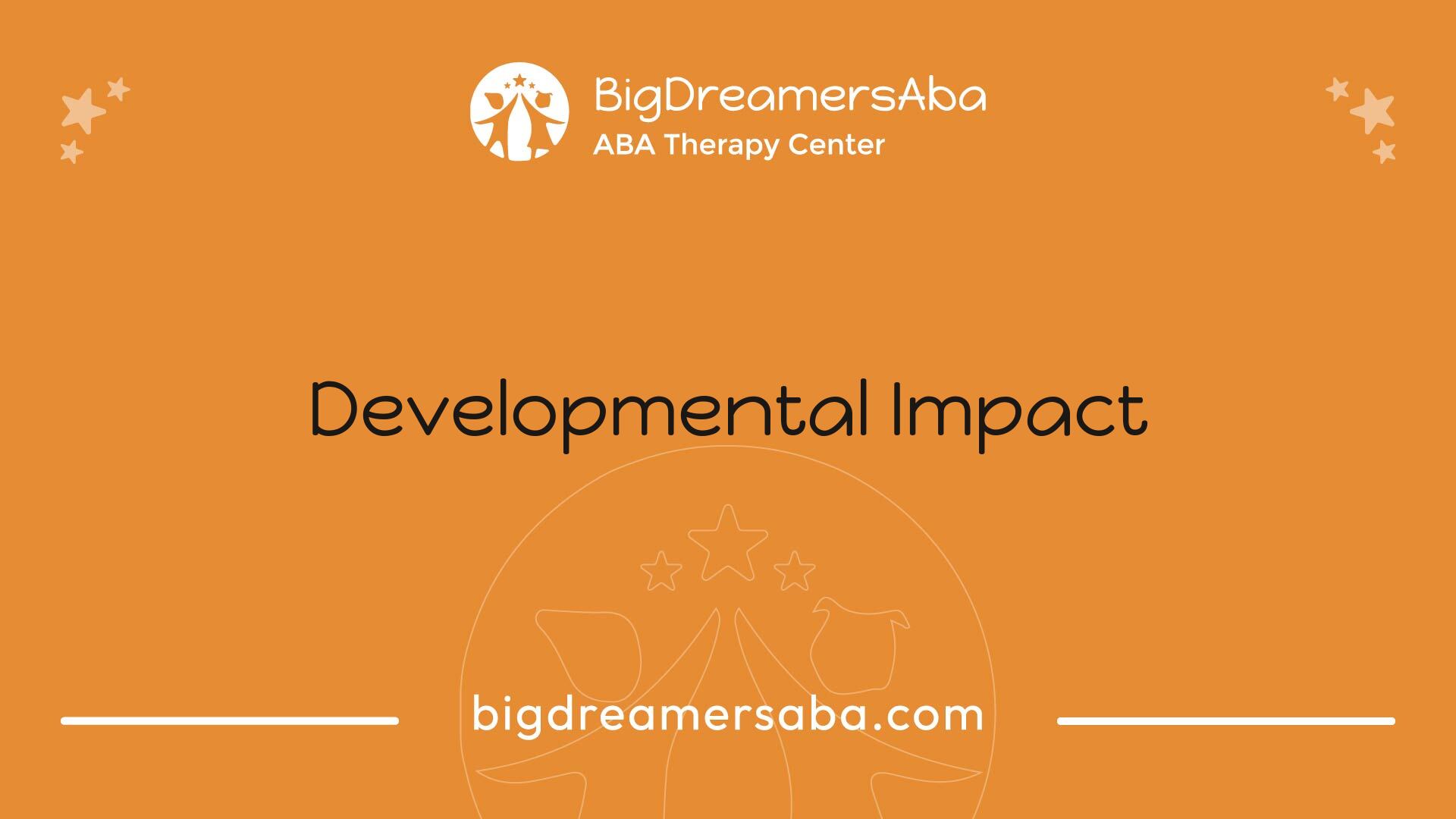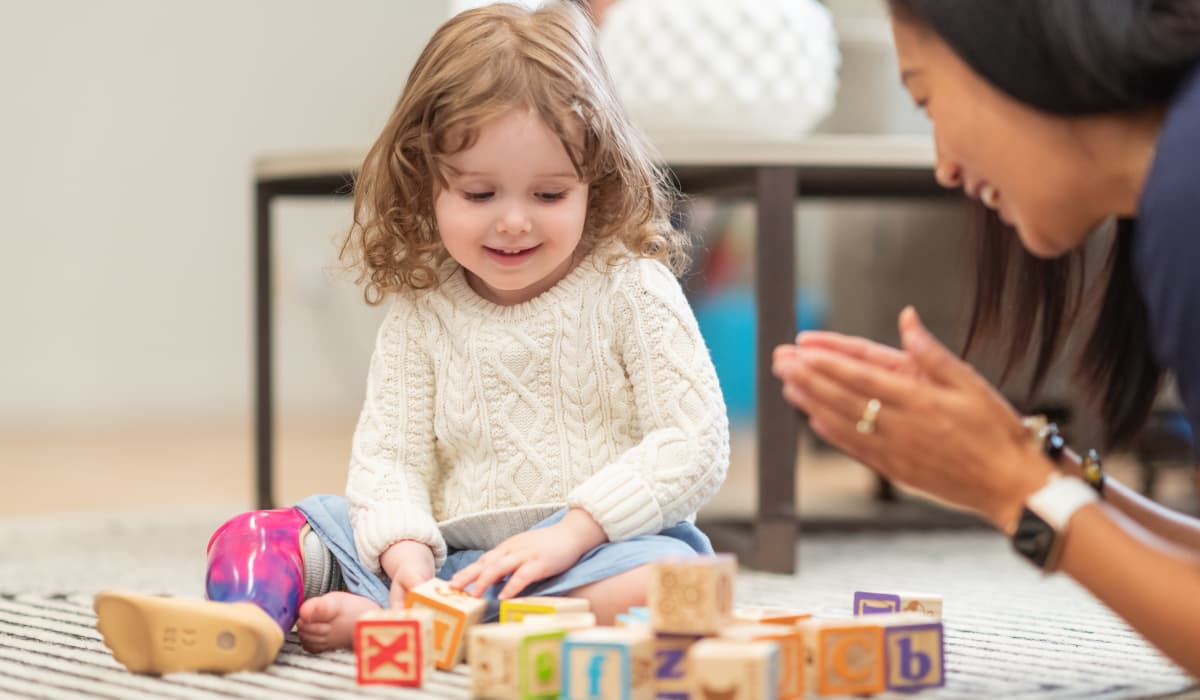Stimulating Baby Sensory Toys for Autism
Discover baby sensory toys for autism that enhance sensory play and support your child's development effectively.


Understanding Sensory Toys
Sensory toys play a vital role in supporting children with autism. These specially designed tools stimulate one or more of the senses, creating an engaging sensory experience that can help children on the autism spectrum manage their emotions and sensory needs effectively.
Benefits of Sensory Toys
Sensory toys offer a variety of benefits for children on the autism spectrum. They assist in engaging with the senses, providing essential feedback to their sensory systems, and helping to regulate their sensory needs. Key benefits include:
BenefitDescriptionEngagement with SensesHelps children actively process sensory information, enhancing their interaction.Stress and Anxiety ReliefPromotes relaxation and calmness, allowing children to manage anxiety and stress levels.Emotional Regulation SupportAids in developing skills for emotional self-regulation, leading to improved behavior.Increased Body AwarenessFacilitates tactile experiences that enhance coordination, balance, and spatial orientation.
Sensory toys are gaining popularity among parents and therapists for their positive impact on focus, attention, and overall emotional well-being. They offer a safe outlet for sensory exploration [1].
Importance of Sensory Stimulation
Sensory stimulation is crucial for children on the autism spectrum. The American Psychiatric Association recognizes sensory sensitivities as part of the diagnostic criteria for autism. Incorporating sensory stimulation through toys helps in addressing these specific needs.
Overall, sensory toys provide critical support for emotional and sensory needs, facilitating an environment conducive to development. They can be a valuable addition to any child's toolkit for improving their quality of life [2].

Types of Sensory Toys
Sensory toys are essential tools for children with autism as they help stimulate their senses and support their development. There are three main types of sensory toys: auditory stimulating toys, tactile sensory toys, and visual stimulation toys. Each type serves a specific purpose and aids in sensory processing.
Auditory Stimulating Toys
Auditory stimulating toys are designed to engage a child's sense of sound. These toys can include musical instruments, sound-making plush toys, and interactive devices that produce noises. According to National Autism Resources, some examples of auditory stimulating toys are the Dizzy Disc, Hammock Swing Kit, and Sensory Rocker. These toys not only provide auditory feedback but also help children with autism develop listening skills and engage with their surroundings more effectively.
Toy TypeExample ToysAuditoryDizzy Disc, Hammock Swing Kit, Sensory Rocker
Tactile Sensory Toys
Tactile sensory toys focus on engaging the sense of touch. These toys often come in various textures and materials that children can manipulate. Examples of tactile sensory toys include fidget toys, sensory balls, and weighted stuffed animals. National Autism Resources highlights toys such as the Weighted Turtle, Weighted Wolf, and Hedgehog Weighted Stuffed Animal [3]. These toys help children with autism process tactile information, provide sensory feedback, and assist in self-regulation.
Toy TypeExample ToysTactileWeighted Turtle, Weighted Wolf, Fidget Toys
Visual Stimulation Toys
Visual stimulation toys are designed to engage a child's sense of sight. These toys can include brightly colored items, light-up toys, or objects that move and reflect light. National Autism Resources lists visual stimulating toys such as the Dizzy Disc, Sensory Rocker, and Weighted Lap Dog [4]. These toys help children develop visual tracking skills, improve their attention span, and enhance their understanding of spatial awareness.
Toy TypeExample ToysVisualDizzy Disc, Sensory Rocker, Weighted Lap Dog
Each type of sensory toy plays a crucial role in aiding the development of children on the autism spectrum. They assist in stimulating the five senses—sight, sound, touch, smell, and taste—promoting various skills such as hand-eye coordination, sound recognition, and fine motor skills. For more information on the benefits of these sensory toys, see our article on the benefits of sensory toys.

National Autism Resources
Featured Sensory Toys
National Autism Resources provides a range of sensory toys tailored to the needs of individuals with autism. These toys are designed to stimulate various senses, promoting development and comfort. Below is a selection of featured sensory toys available through their platform:
Toy NameTypeDescriptionDizzy DiscAuditoryA rotating toy that promotes balance and sensory input.Hammock Swing KitTactileA swing that provides calming pressure and movement.Sensory RockerVisual/TactileA rocking chair that offers both sensory stimulation and comfort.Weighted TurtleTactileA soft, weighted plush toy that helps with calming and relaxation.Weighted WolfTactileProvides deep pressure input for sensory modulation.Hedgehog Weighted Stuffed AnimalTactileA plush toy that offers gentle weight and comfort.Weighted AxolotlTactileIdeal for cuddling and offers calming benefits.Weighted Lap DogTactileDesigned for lap support and soothing pressure.
For more options, explore the collection of sensory toys for autism.
Benefits of Specific Toys
Each sensory toy offers unique benefits aimed at enhancing sensory development and comfort for children with autism. Here are some specific advantages of selected toys:
ToyKey BenefitsDizzy DiscImproves vestibular processing and balance.Hammock Swing KitProvides a secure, calming space for sensory integration.Sensory RockerEncourages movement while promoting relaxation.Weighted TurtleHelps reduce anxiety and improve focus through deep pressure.Weighted WolfAids in self-regulation by providing a comfy, weighted option.Hedgehog Weighted Stuffed AnimalOffers comfort and promotes a sense of security.Weighted AxolotlEnhances feelings of safety, especially during stressful moments.Weighted Lap DogEncourages relaxation and connection with weighted support.
These sensory toys contribute to the understanding of sensory modulation disorder in autism and can play a role in creating a sensory-friendly environment. Consider experimenting with different toys to find the best fit for each child's needs. For further resources on creating an ideal sensory experience, visit our guides on calming sensory room ideas for autism and diy sensory table for autism.

DIY Sensory Toys
Creating DIY sensory toys can be an effective and budget-friendly way to provide tailored sensory experiences for children with autism. These homemade toys can serve a dual purpose: they engage children and cater specifically to their sensory preferences and needs.
Cost-Effective Sensory Options
Parents and caregivers can craft a variety of DIY sensory options using everyday materials, keeping costs manageable while providing stimulating experiences. Some simple ideas include:
Toy TypeMaterials NeededDescriptionSensory BottlesPlastic bottles, water, glitter, beadsFill bottles with mixed materials to create calming visuals.Fidget MatsFabric squares, various texturesCreate a tactile experience with different textured materials sewn onto a mat.Homemade Play DoughFlour, water, salt, food coloringMake textured dough for squeezing and molding.Sensory BallsBalloons, flour/rice/sandFill balloons with different materials to create fun textures that stimulate touch.
By using materials found at home, caregivers can create effective toys while involving children in the process of customization. This active engagement can enhance the child's connection to the toy and encourage exploration.
Customization for Individual Needs
Customizing sensory toys to meet the specific sensory needs of a child is crucial. It allows parents to address particular sensory preferences, whether a child seeks out tactile feedback or needs calming experiences. Some customization ideas include:
DIY sensory toys can also be designed to tackle specific sensory issues, such as sensory modulation disorder in autism or sensory seeking behavior. Providing children with toys that are well-suited to their sensory profiles can greatly enhance their play experience.
For parents looking to explore more about sensory toys, check out our resources on sensory toys for autism and consider incorporating some DIY sensory table ideas for autism to further enrich the sensory exploration opportunities available at home.

Developmental Impact
Sensory toys play an essential role in fostering development in children on the autism spectrum. These toys not only provide sensory engagement but also promote crucial developmental skills such as social interactions and fine motor coordination.
Social Skill Development
Social interactions can be challenging for children with autism, making toys that focus on social skill development vital. Engaging with sensory toys offers children opportunities to practice important social skills in an enjoyable way. These toys can encourage sharing, turn-taking, and cooperative play, which are important aspects of socialization. By using toys designed for group play, kids can learn to express emotions and understand social cues, ultimately enhancing their social capabilities.
Skill AreaBenefits of Sensory ToysSocial SkillsEncourages sharing and turn-takingEmotional RegulationSupports understanding of emotionsCommunicationPromotes expression of needs
Children interacting with others while using sensory toys can build rapport and establish connections, enhancing their ability to engage in social settings. For further exploration of social skills in children with autism, refer to sensory toys for autism.
Fine Motor Skills Enhancement
Fine motor skills are crucial for several daily tasks, and sensory toys can significantly aid in their development. Activities such as squeezing, pinching, and manipulating various textures with sensory toys help improve hand-eye coordination and promote dexterity and finger strength. These skills are beneficial for tasks like buttoning clothes, tying shoelaces, and using utensils effectively.
Skill AreaBenefits of Sensory ToysHand-Eye CoordinationEnhances ability to coordinate movements with visual perceptionDexterityDevelops strength and precision in finger movementsEveryday TasksAids in mastering daily self-care activities
As children engage in these activities, they not only improve their fine motor skills but also boost their confidence as they master new tasks. For more insights on developmental strategies, consider visiting our links on creating a sensory-friendly environment and understanding sensory processing issues in autism.
By utilizing sensory toys tailored to boost social skills and fine motor development, parents and caregivers can provide valuable support for children with autism, nurturing their growth in a playful and engaging manner.
Sensory Fabrics for Comfort
Fabrics play a crucial role in enhancing comfort for children, especially for those with autism spectrum disorder (ASD). Understanding fabric sensitivity and selecting the right materials can significantly impact their overall wellbeing and sensory experience.
Impact of Fabric Sensitivity
Children with autism often experience heightened sensitivity to tactile stimuli, which can manifest as discomfort or irritation from certain fabrics. Items such as scratchy labels, tight clothing, and rough textiles can lead to distress and potential meltdowns due to tactile defensiveness [5]. Sensory processing disorder is common in children on the autism spectrum, leading to either hypersensitivity or hyposensitivity to sensory input, which affects their comfort level in everyday activities.
Loose and flexible clothing is generally preferred over tight and restrictive garments, as they allow for greater freedom of movement. According to a study involving college students with ASD, softer fabrics also tend to be favored, enhancing the feeling of comfort [6].
Preferred Fabrics for Children
Selecting the right types of fabrics can significantly enhance the comfort of children with autism. Preferences typically include soft and smooth materials such as:
Fabric TypeDescriptionCottonSoft and breathable, often favored for everyday wear.SatinSmooth and gentle against the skin, minimizes friction.SilkLuxurious feeling, soft texture is calming for sensitive skin.DenimComfortable and durable, provides a familiar tactile experience.
On the other hand, materials such as wool, polyester, and spandex are frequently associated with discomfort and irritation, making them less suitable choices for children with ASD. In addition to fabric type, muted solid colors are usually preferred over bright or busy patterns, as they can be visually overwhelming for some children [6].
Beyond clothing, sensory-friendly fabrics can serve as soothing tools. Some materials that may not be comfortable for wearing could still provide beneficial tactile experiences when touched. For more insights on creating a supportive environment, consider exploring creating a sensory-friendly environment and addressing sensory issues like sensory aversion in autism.
References
[2]:
[3]:
[4]:
[5]:
[6]:
Recent articles

ABA Techniques for Picky Eaters: Building Better Habits

How Social School Support Makes School Transitions Easier for Children
